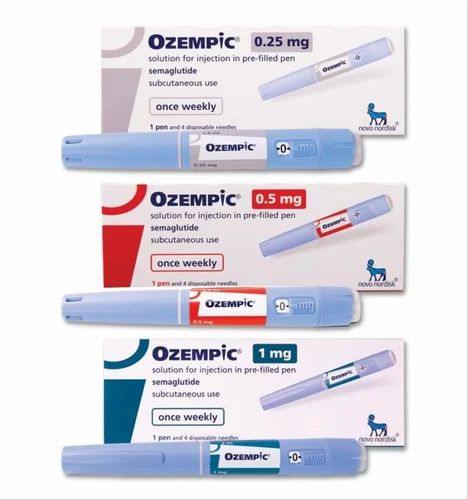Healing Scars: Nurturing a Damaged Inner Child

Are you struggling to overcome the wounds of your past? Imagine a life where you can heal the scars of your damaged inner child and find true inner peace.
In this article, we will explore the impact of childhood trauma, signs of a damaged inner child, and effective healing techniques.
Understanding the Impact of Childhood Trauma
You may not realize how profoundly childhood trauma can affect your mental and emotional well-being. Research has shown that adverse childhood experiences can have long-lasting effects on individuals, often leading to a damaged inner child.
There’s hope for resilience and growth.
By understanding the impact of childhood trauma, we can begin to break the cycle of generational trauma and pave the way for healing. Recognizing that the wounds from our past can shape our present behaviors and emotions is the first step towards nurturing our damaged inner child.
Through awareness and support, we can embark on a journey of healing and reclaim our mental and emotional well-being.
Recognizing the Signs of a Damaged Inner Child
Recognizing these signs is the first step towards healing and nurturing your inner child.
Here are some key indicators to look out for:
- Emotional reactivity: If you find yourself overreacting to certain situations or experiencing intense emotional responses that seem disproportionate, it may be a sign of unresolved childhood wounds.
- Difficulty setting boundaries: A damaged inner child often struggles with establishing healthy boundaries, leading to difficulties in relationships and feelings of being taken advantage of.
Healing through play and engaging in inner child work in adulthood is crucial for your emotional well-being and personal growth. By recognizing these signs and taking steps to heal your inner child, you can create a more fulfilling and joyful life.
Healing Techniques and Therapies for Inner Child Wounds
Try incorporating mindfulness practices and expressive therapies to nurture and heal your inner child wounds. Reconnecting with joy can be a powerful tool in this process.
Cultivating Self-Compassion and Self-Love
As you continue on your healing journey, it’s important to cultivate self-compassion and self-love.
Here are three ways to cultivate self-compassion and self-love:
- Practice self-care: Engage in activities that nourish your mind, body, and soul. This could include exercise, meditation, journaling, or spending time in nature. Prioritize your well-being and make time for activities that bring you joy and relaxation.
- Replace them with positive affirmations and remind yourself that you’re worthy of love and compassion.
- Seek support: Surround yourself with a supportive network of friends, family, or a therapist who can provide guidance and encouragement. Share your journey with others and allow them to offer you the love and support you deserve.
Embracing Inner Child Healing as a Lifelong Journey
Don’t underestimate the importance of embracing inner child healing as a lifelong journey. Lifelong healing is an ongoing process that allows for continuous inner child growth.
It’s normal to experience setbacks and moments of regression.
In this lifelong journey, it’s essential to seek support from therapists, healers, or support groups who can provide guidance and understanding.
Conclusion
Through this process, we’ve the power to transform our lives and create a brighter future filled with emotional well-being and inner peace.
Let’s embark on this journey of healing, knowing that we’ve the strength within us to nurture our wounded inner child and find true healing.



